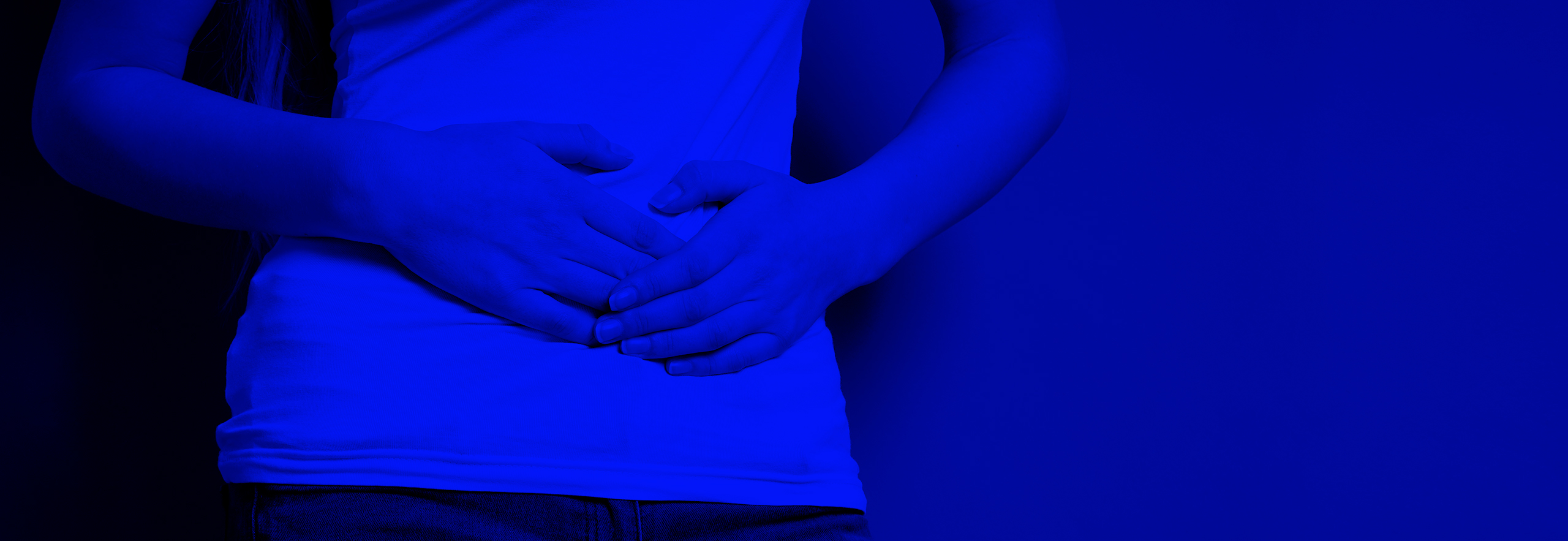What Is Bowel Dysfunction?
Bowel dysfunction is an umbrella term for problems involving the ano-rectal region. Some concerns in the area may include:
- Fecal or anal incontinence: The involuntary loss of liquid or solid stool or the inability to control gas or flatus.
- Constipation: bowel movements that are infrequent and difficult to pass.
- Hemorrhoids or anal fissures: These are often complications of constipation and dysfunctional defecation. Increased pressure and straining during bowel movements that lack proper pelvic floor coordination can result in swollen veins in the ano-rectal canal (hemorrhoids) or painful tearing in the anal canal (anal fissures)
What Causes Bowel Dysfunction? What Are Common Symptoms Of Bowel Dysfunction?
There are a number of factors that can lead to some form of bowel dysfunction, which can include fibre intake, water intake, activity level, pelvic floor dysfunction, side effects of medication and increased stress, anxiety, etc. that can lead to a change in your central nervous system.
Common symptoms of bowel dysfunction are bloating, abdominal pain, the inability to maintain fecal continence or the inability to completely empty the bowels.
How Can Physiotherapy Help My Bowel Dysfunction?
Physiotherapy can help in many ways to manage your bowel dysfunction. Education regarding diet and water intake, as well as completing and assessing a bladder and fibre diary is one very eye-opening way of assessing one’s habits throughout the day. From this, some recommendations around diet and hydration can be given.
Assessing the state of your pelvic floor muscles is also an important step. Are you muscles hypertonic or too tight? Or are they hypotonic or too weak? From this assessment we are better able to provide education and exercises to help manage your bowel symptoms. Also, manual therapy treatment to help release the pelvic floor musculature in the area and the anal sphincters can help to provide relief to those who are experiencing sphincter pain, fissures and tailbone pain (coccydynia).
Learning proper toileting strategies is very important. Changing your posture on the toilet can help relax the pelvic floor and hip muscles. In turn, this can allow your bowels to be in a more vertical position to allow the passage of stool more easily. The posture that you are aiming for is with a small foot stool under the feet so that the knees are above the height of the hips. If you can also lean forward and place your elbows on your knees and focus on relaxing your pelvic floor muscles with breathing this could create an optimal environment to make having a bowel movement easier and require less straining from the individual.
Lastly, learning how to perform self-abdominal massage can be very helpful with bowel dysfunction, especially with constipation. Massaging through the abdomen can help stimulate the bowels’ own reflex to help with the rhythmic contractions of the muscles. This helps to properly expel stool.
What Are The Best Exercises To Help With My Bowel Dysfunction? What Can I Do To Treat My Bowel Dysfunction At Home?
A few easy first steps to treat your bowel dysfunction at home are:
- Proper fibre intake through your diet
- Proper water intake
- Positioning on the toilet
- Abdominal massage
- Not straining when having a bowel movement
- Increase your activity levels
Please keep in mind that these exercises were designed as a place to start to address your symptoms. These exercises should not be performed or continued if they cause or increase your pain in any way. Using these exercises for self-management of your symptoms does not replace the value of being assessed by a Health Professional. If you find you need help, let a Strive Pelvic Health Rehabilitation Physiotherapist help you, book your time today!

Written in 2020 by
Stephanie Gardonio
BPHE, BSc, MScPT
Pelvic Health Rehabilitation
Stephanie has curated a Physiotherapy tool box that allows her multiple points of view to meet her patients’ needs. She has taken courses in the McKenzie Method for assessing and treating spinal conditions. She has completed mat and reformer Rehabilitative Pilates courses through Stott Pilates, training she uses to create customized exercise programs. Understanding the roll of the pelvic floor in the effective treatment of low back pain, sacroiliac joint dysfunction, bowel and bladder dysfunction and during a women’s journey from pre-natal to post-natal, she has completed Pelvic Health Rehabilitation courses. She is qualified to perform internal assessment and treatment of the pelvic floor.


